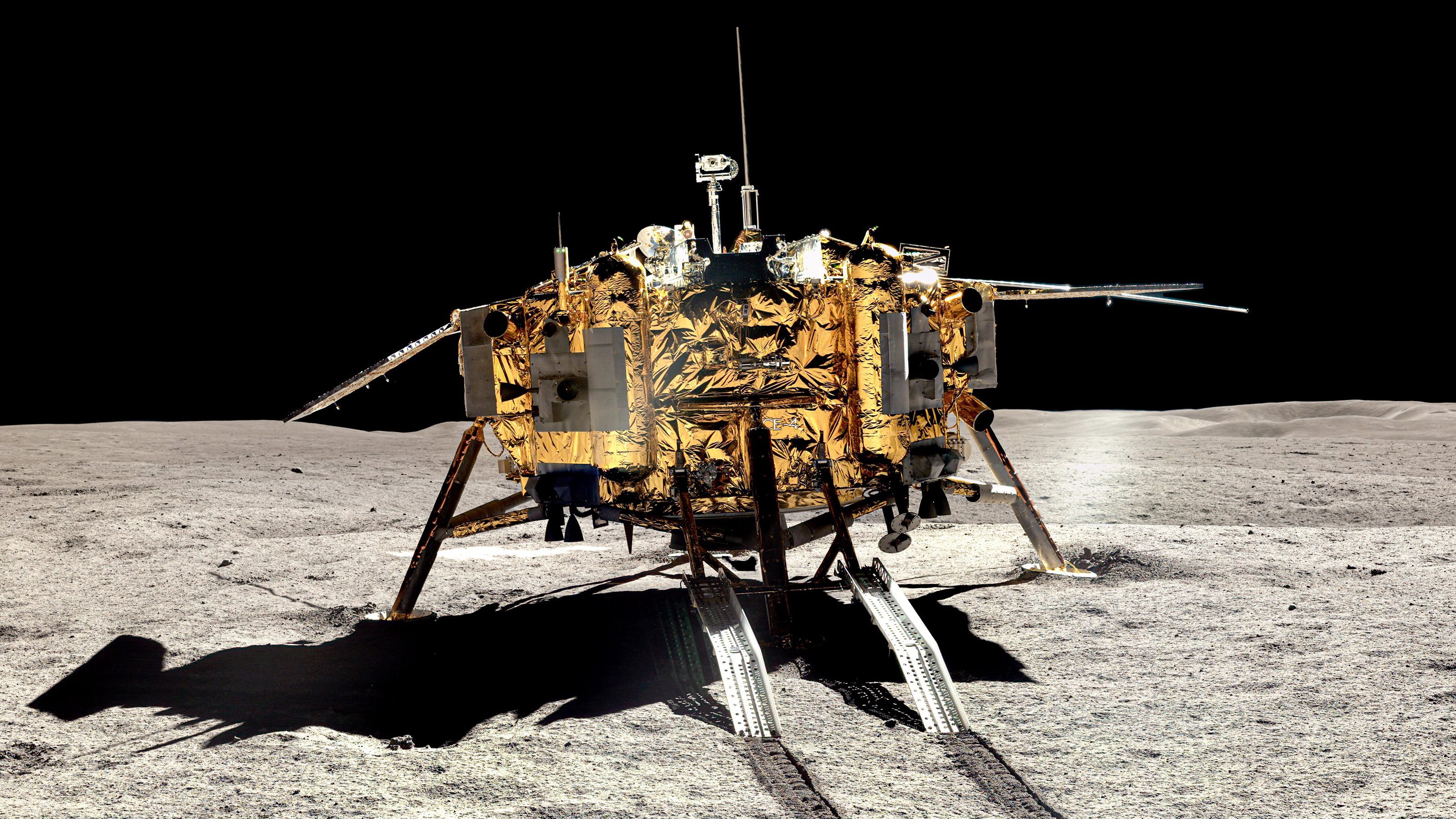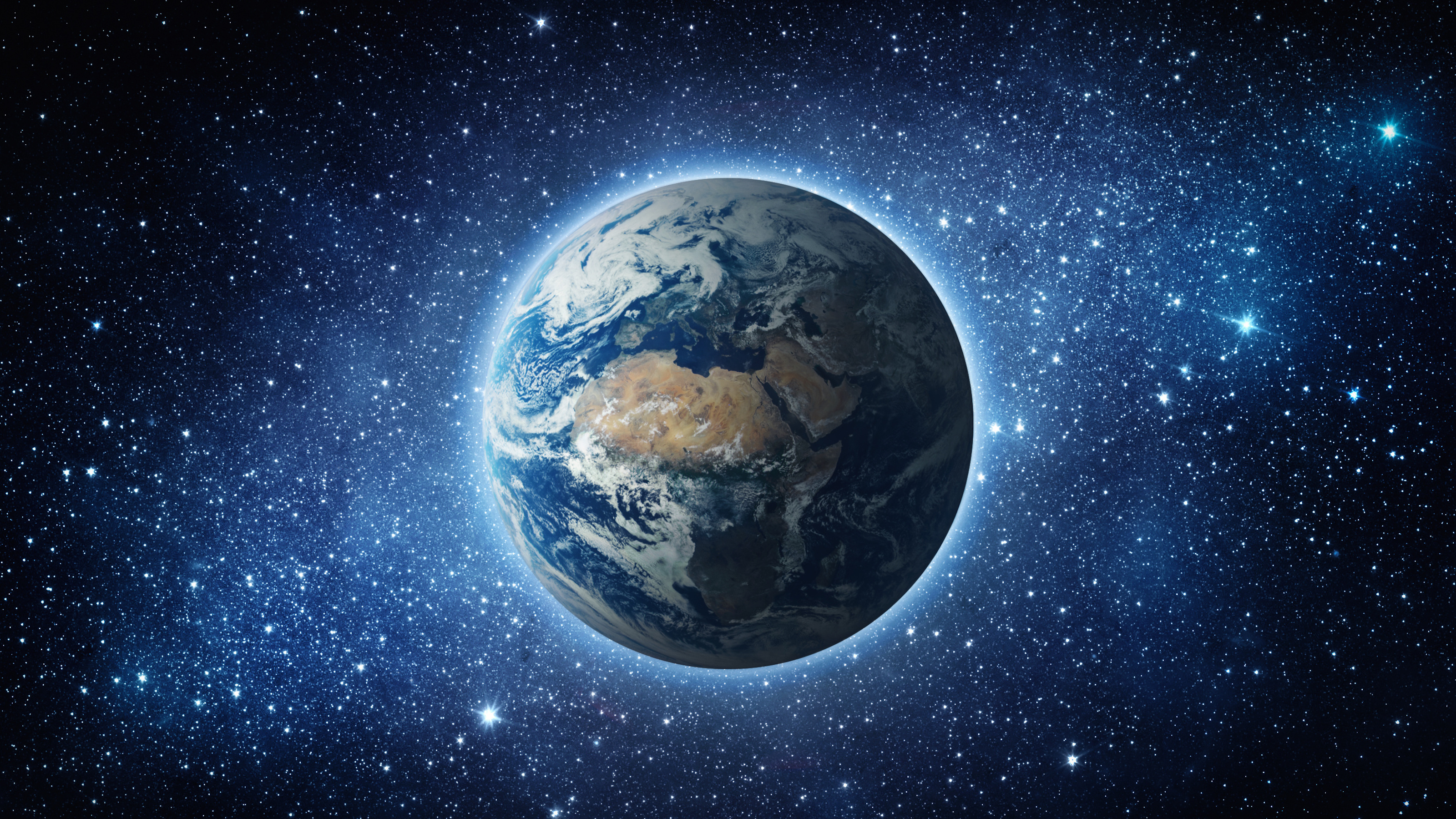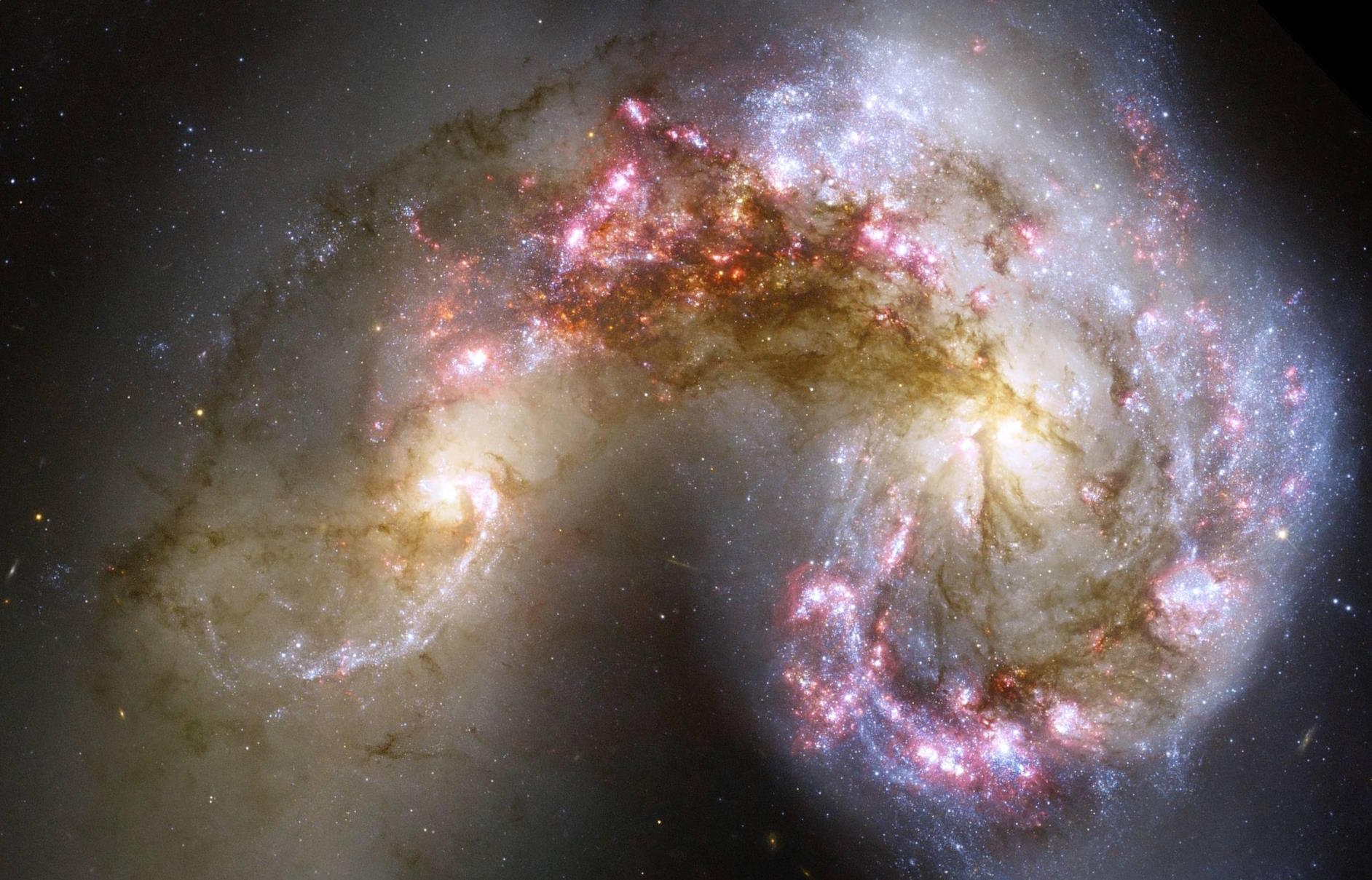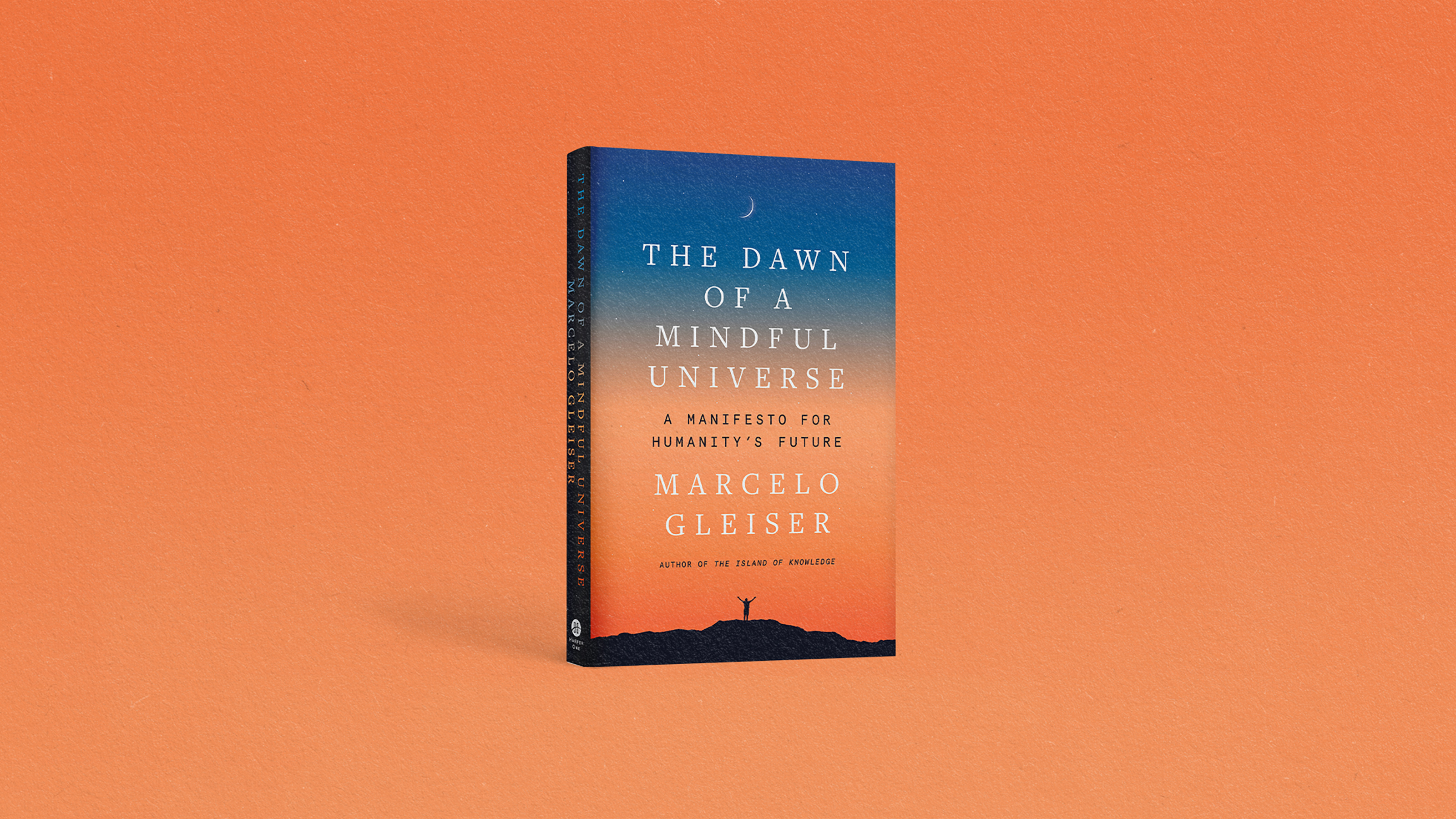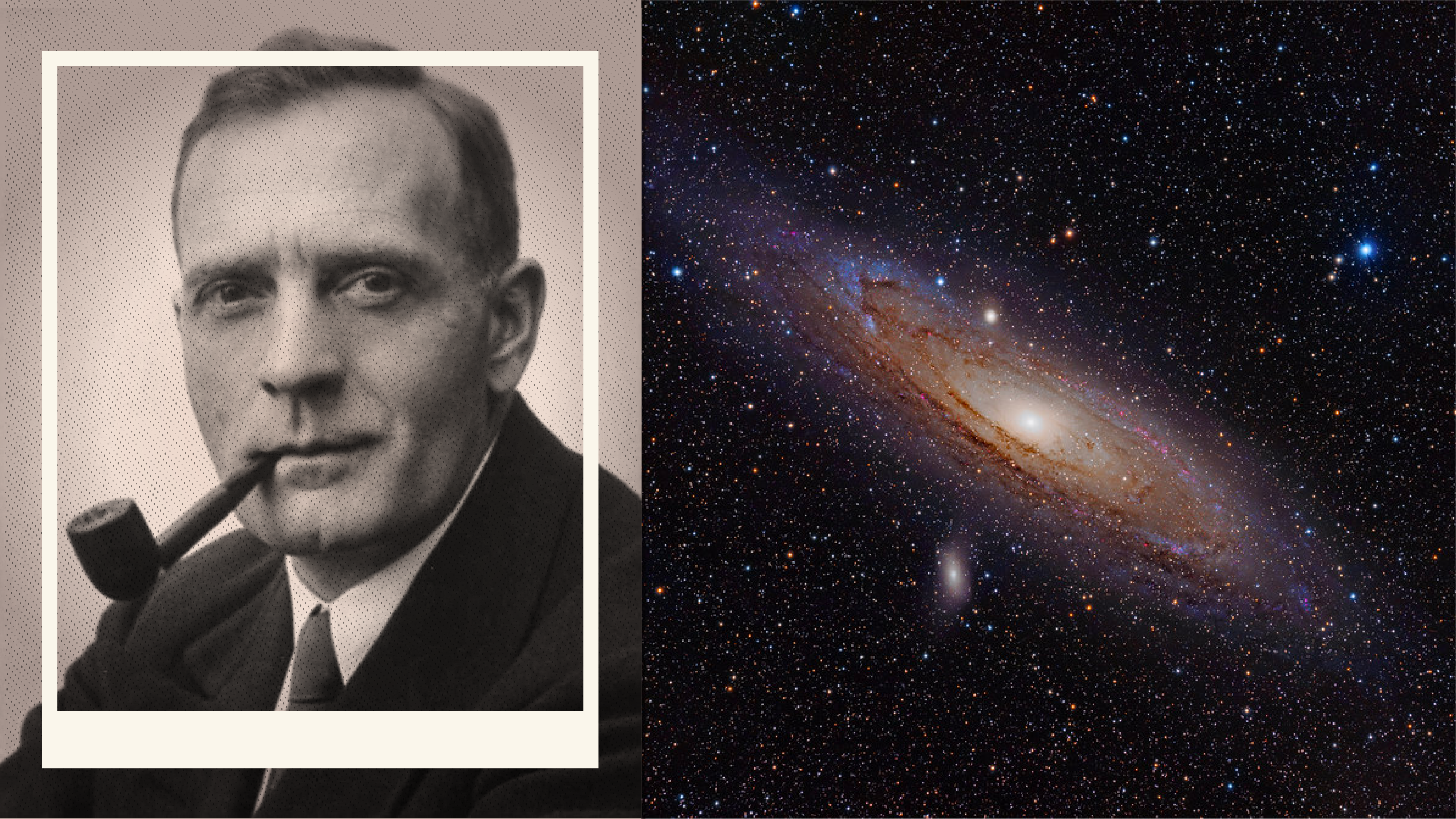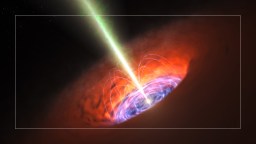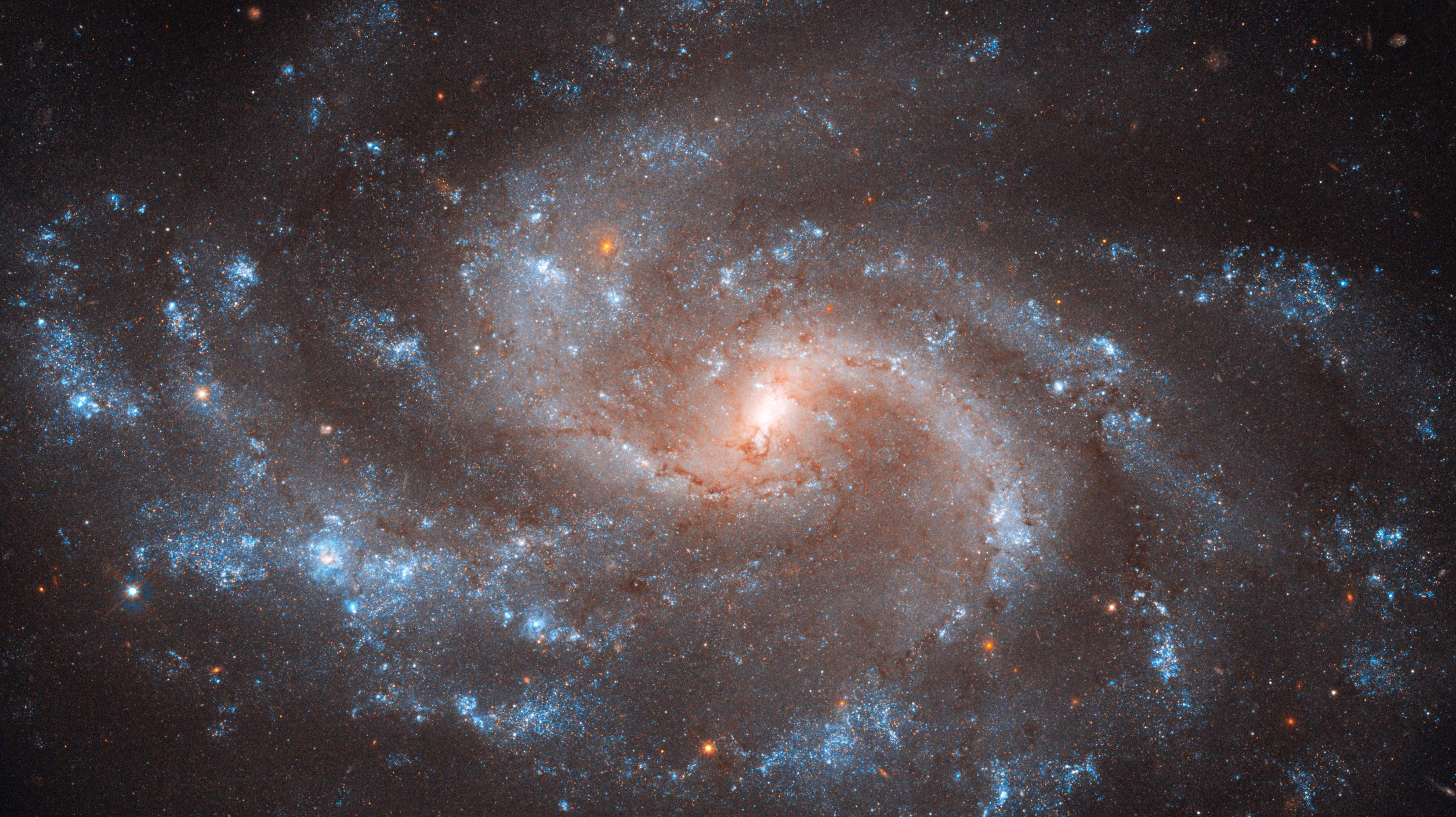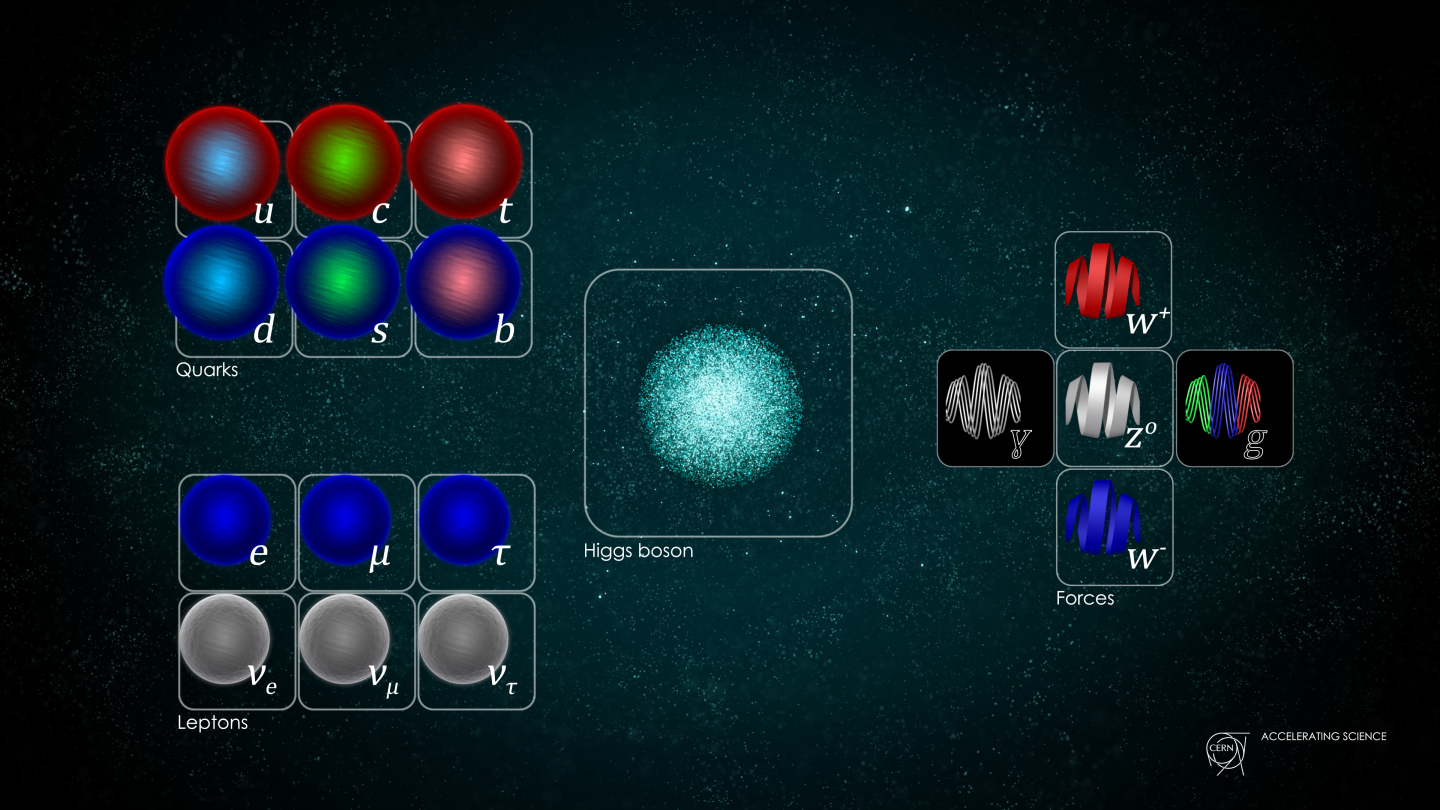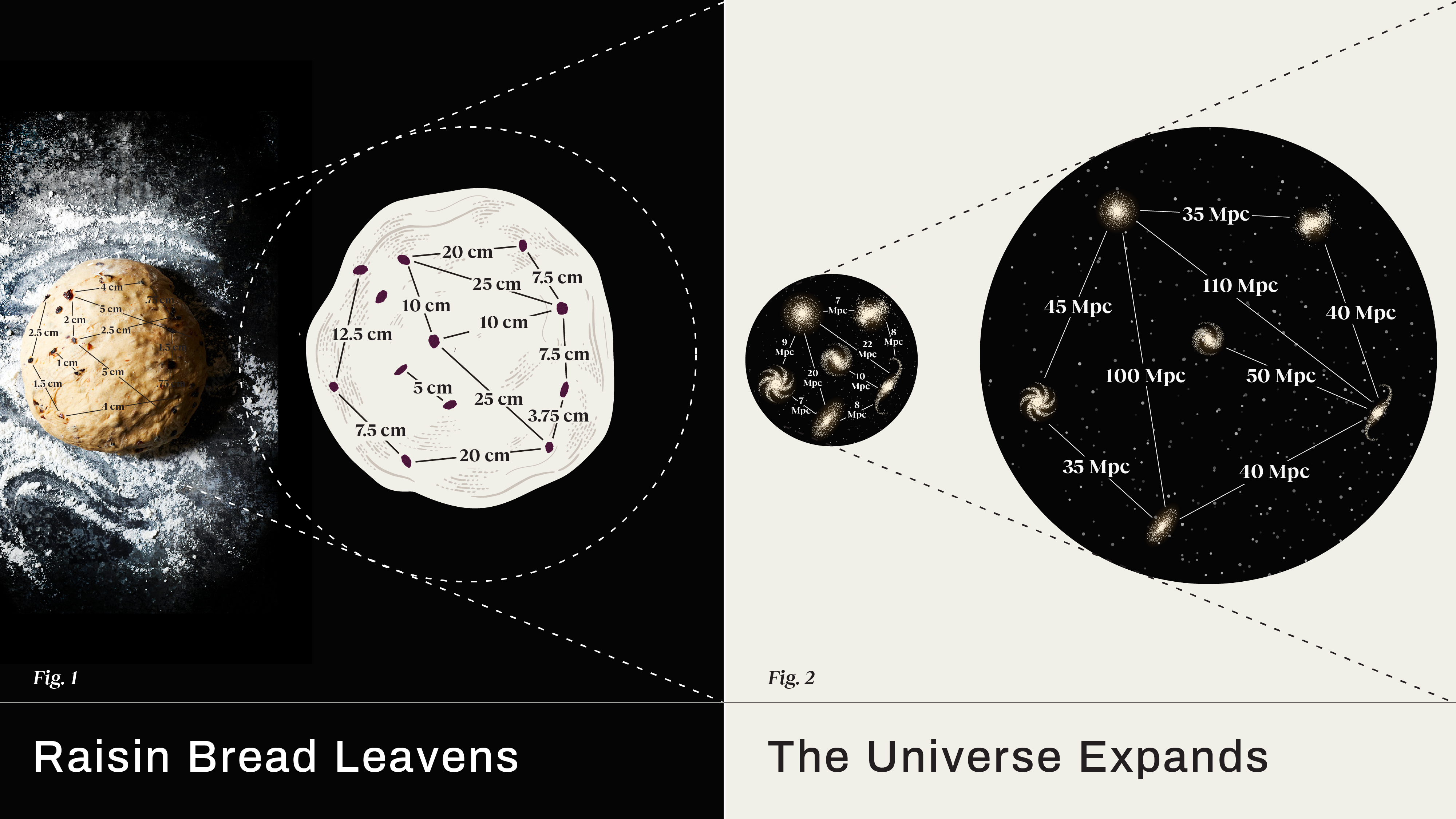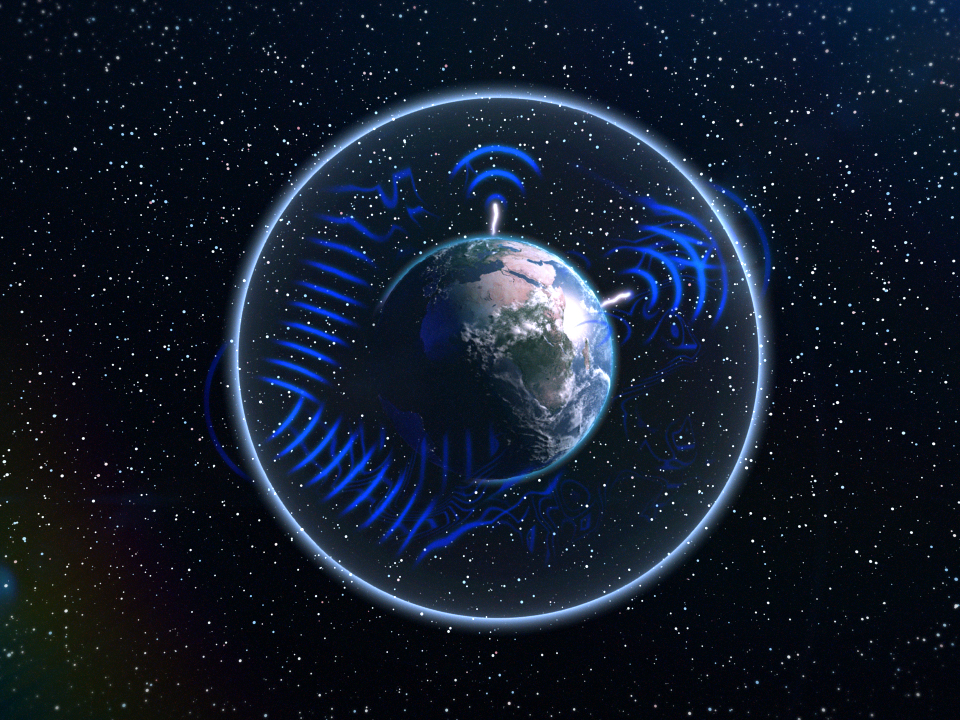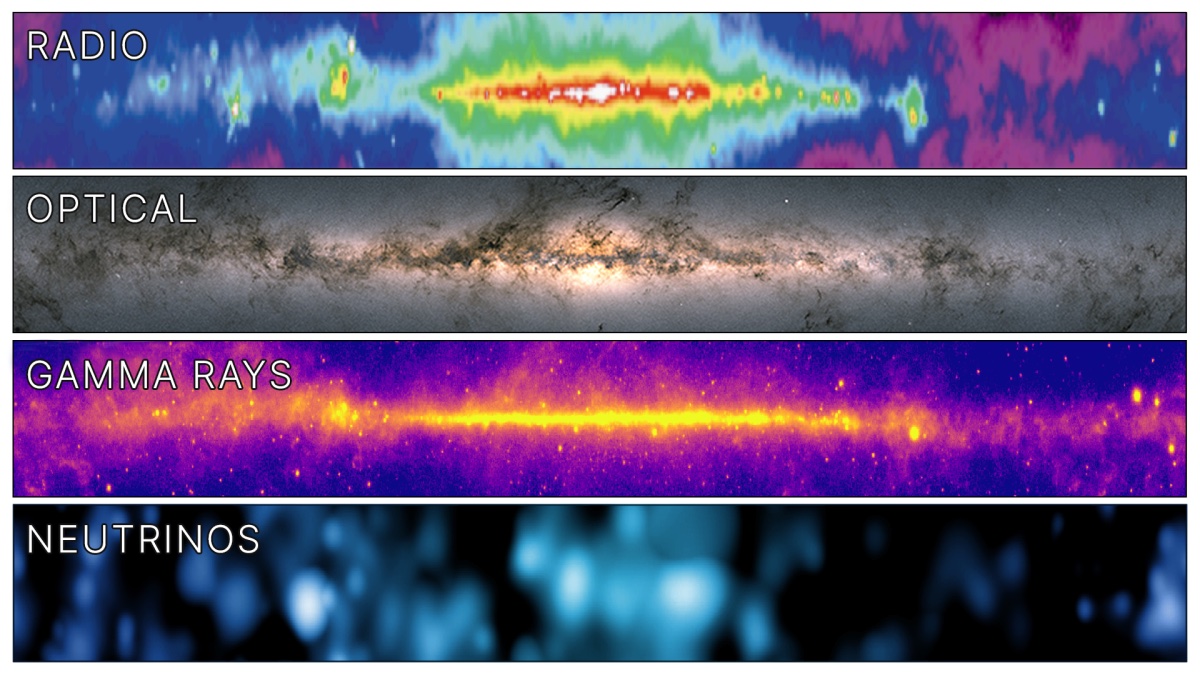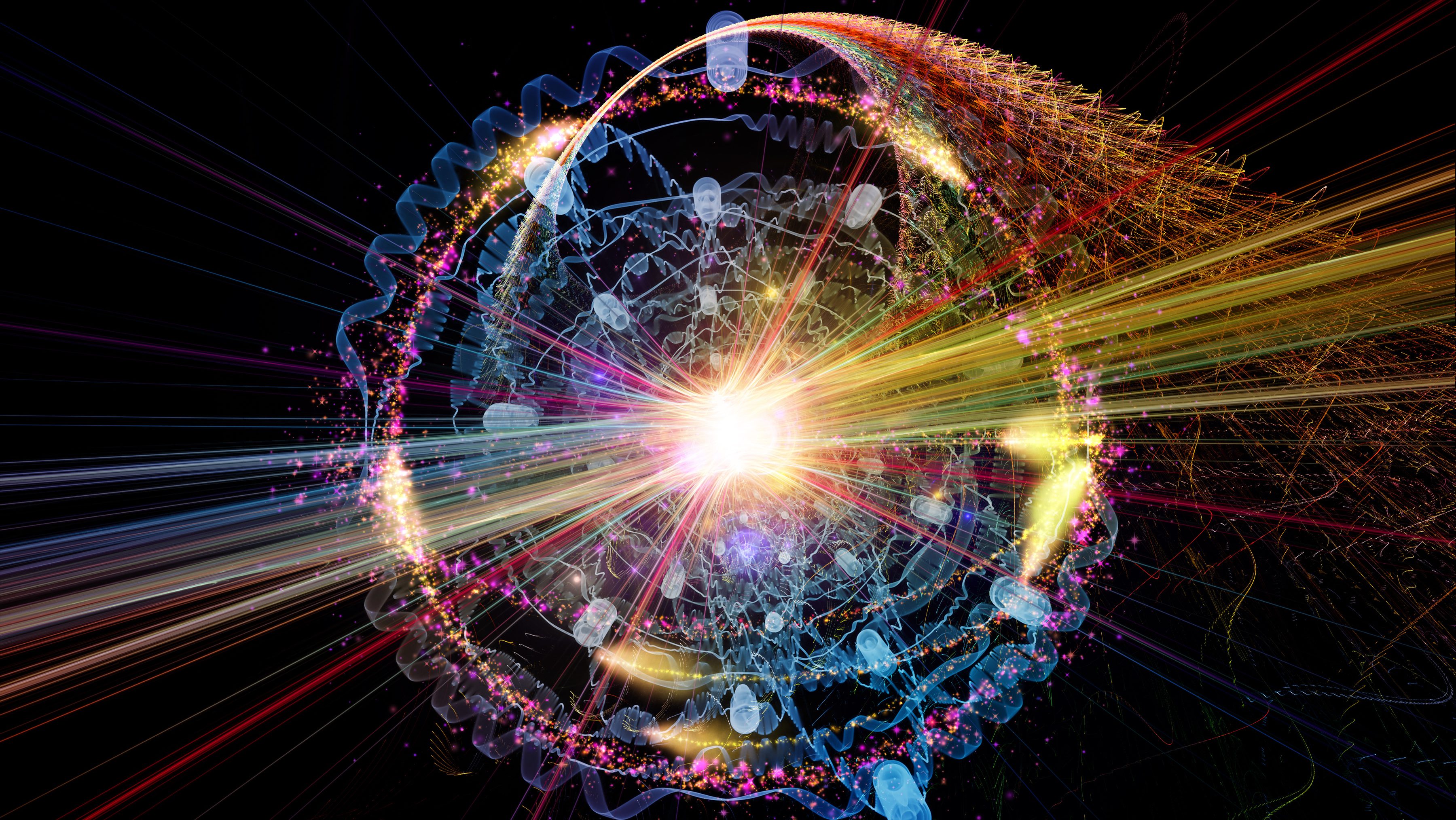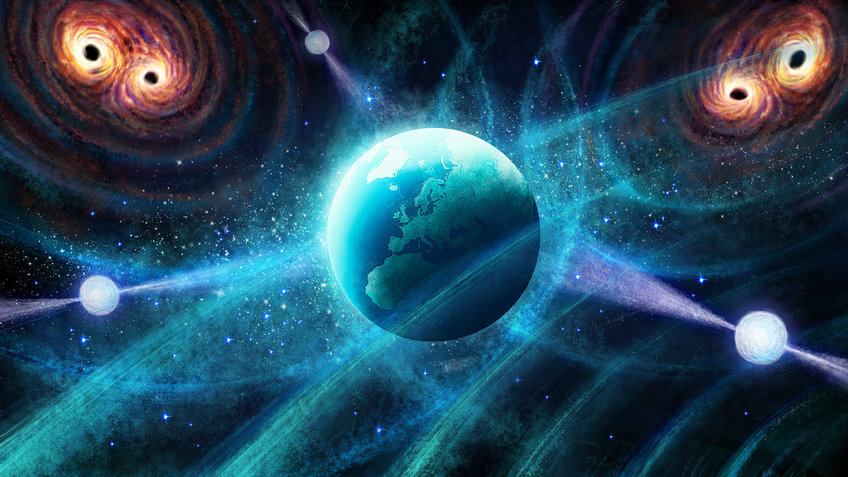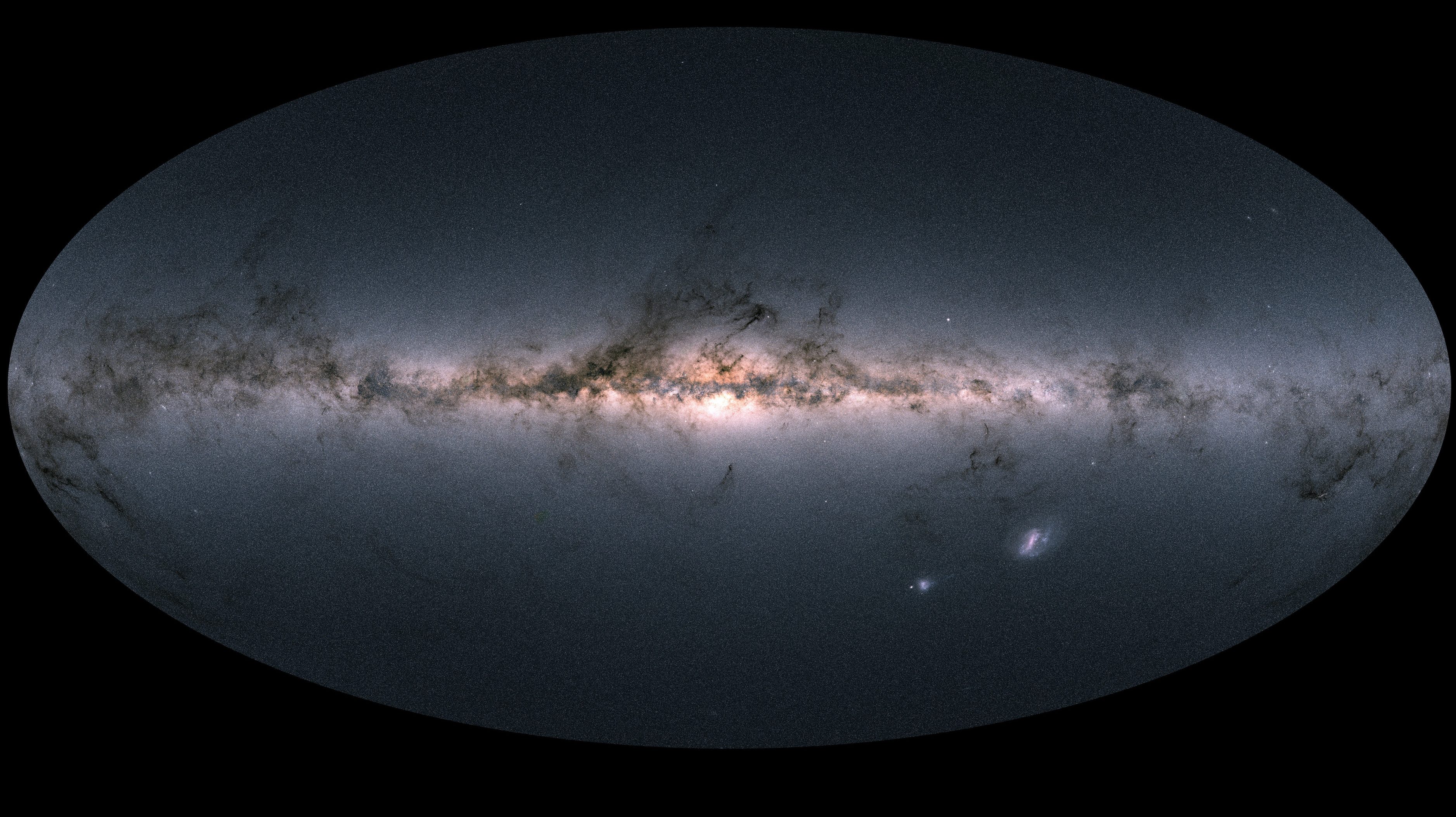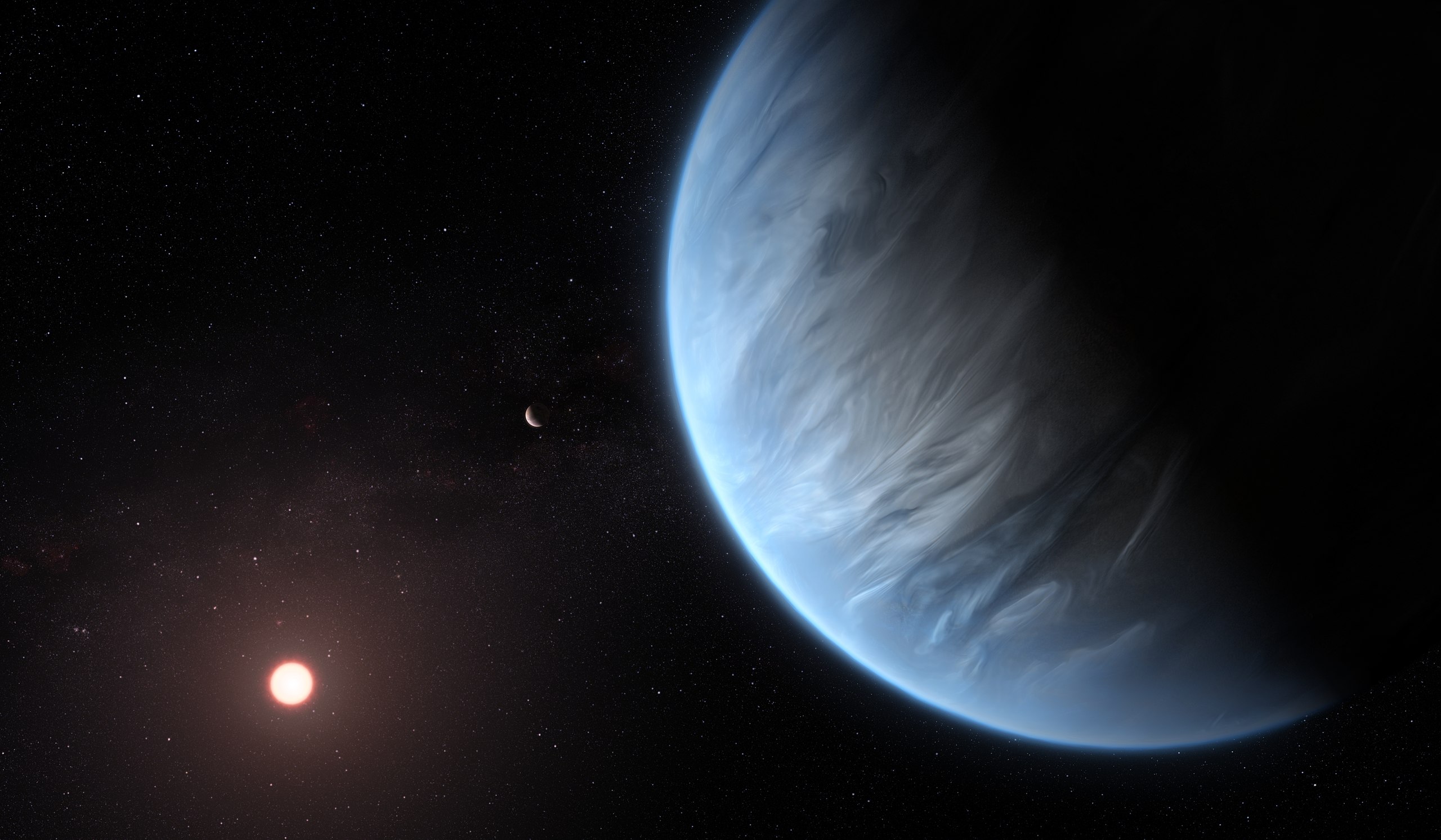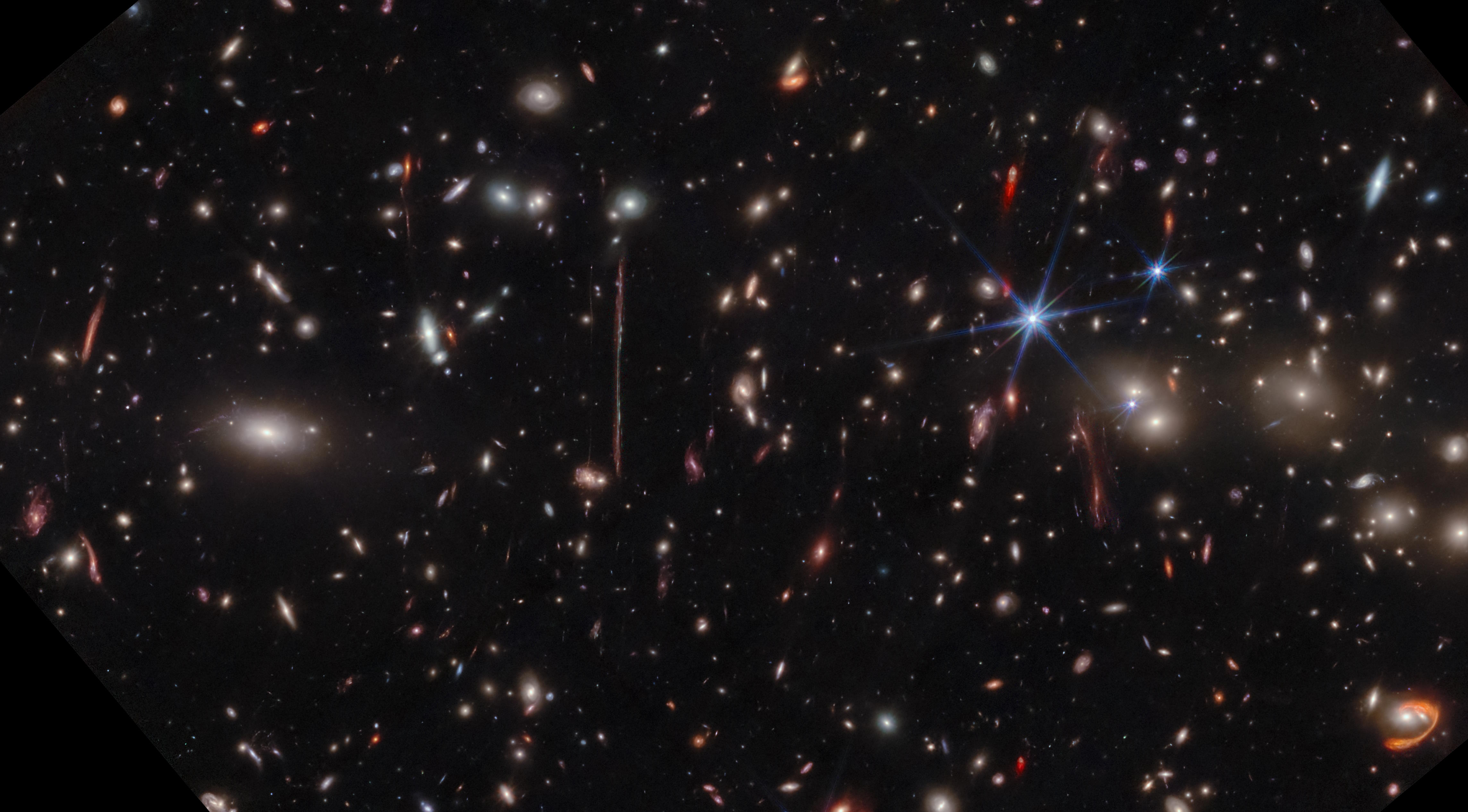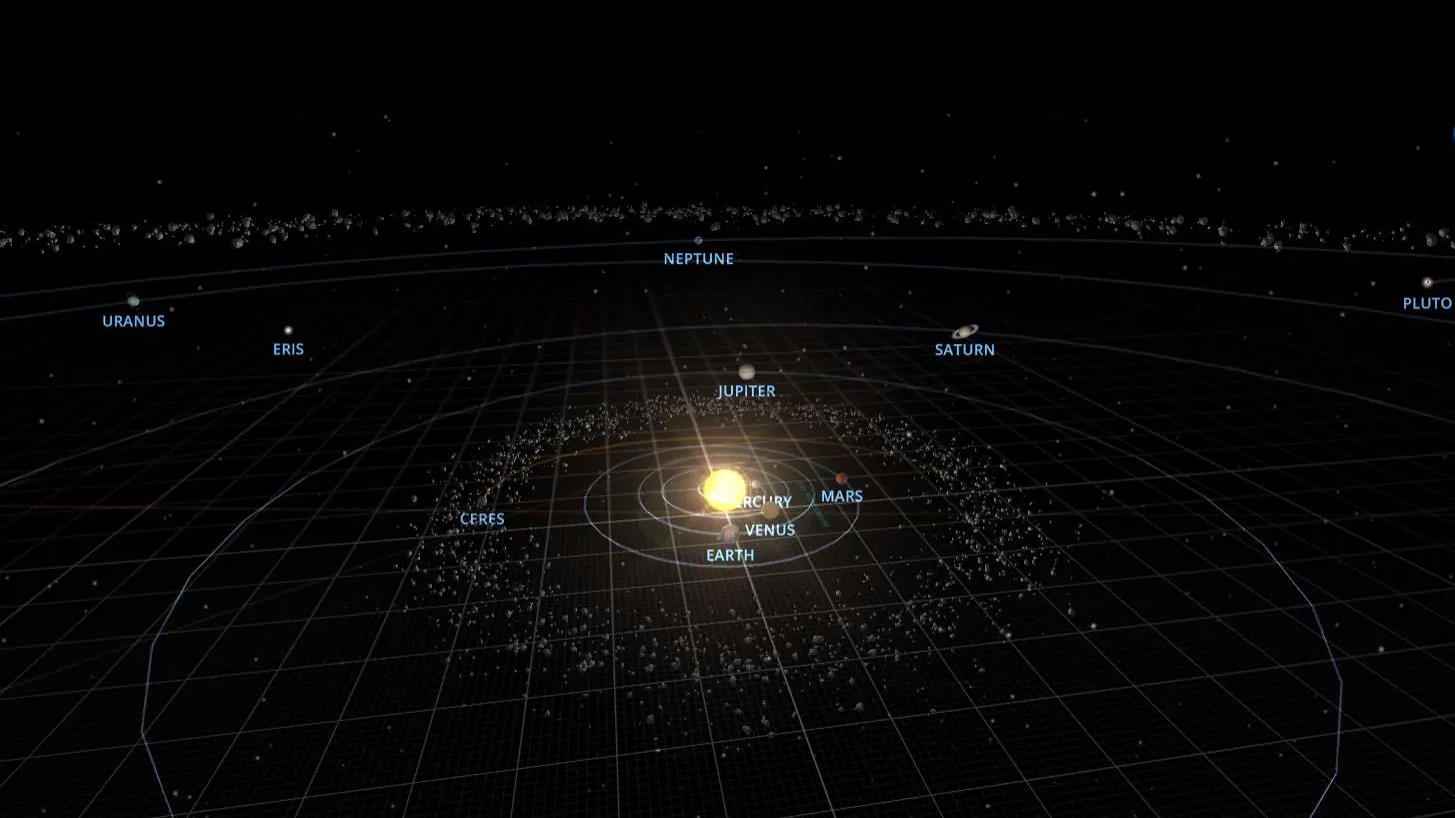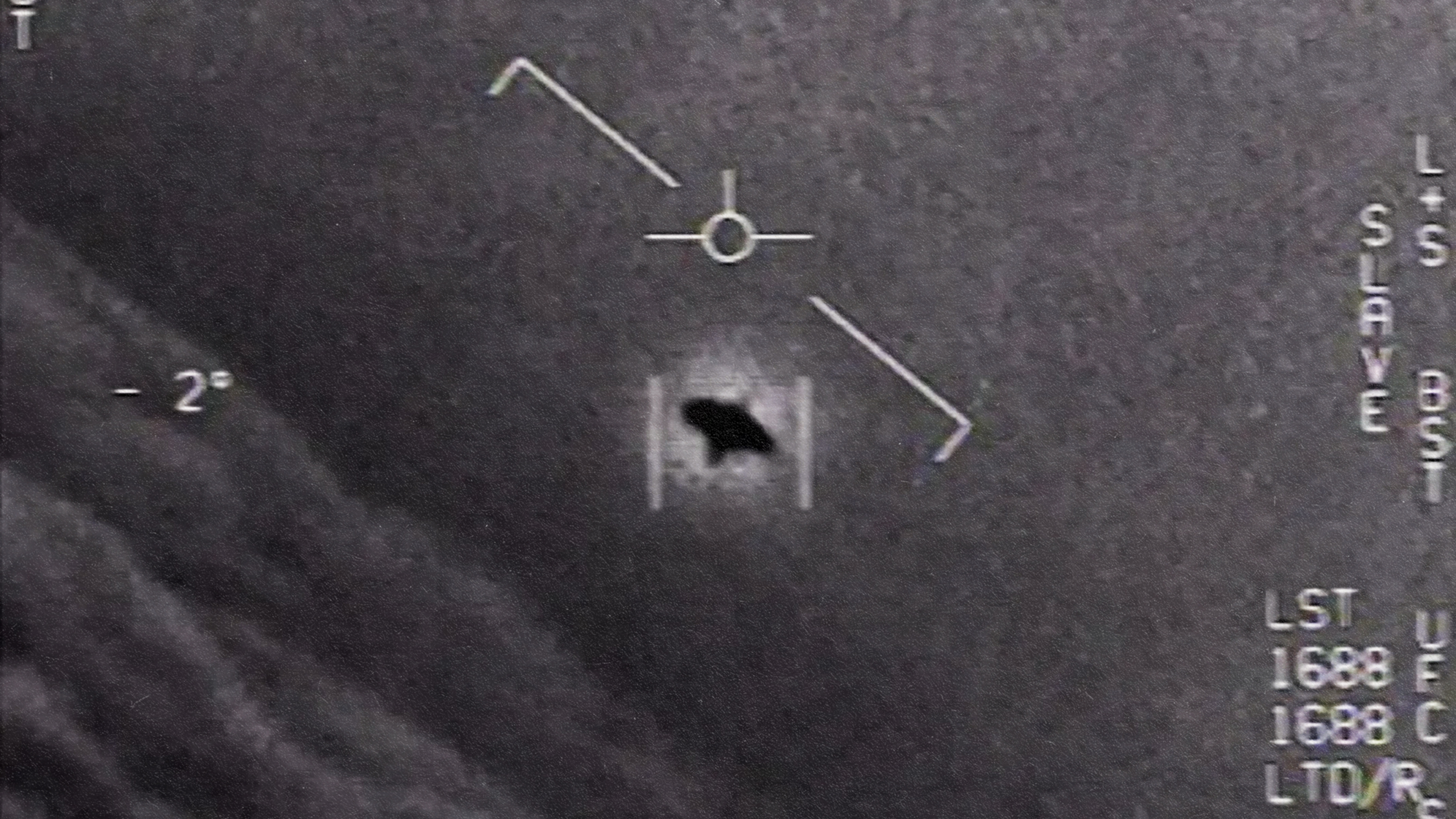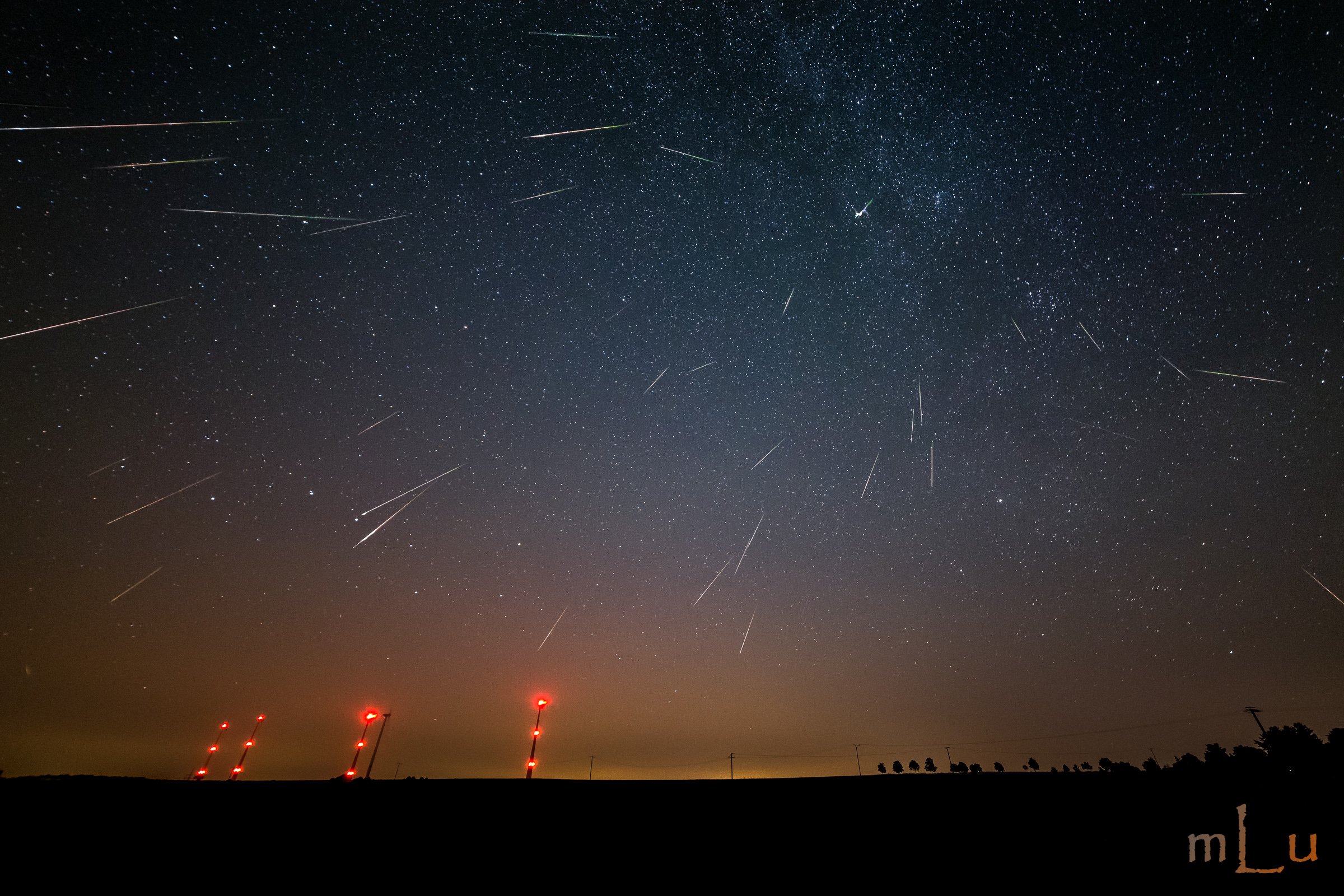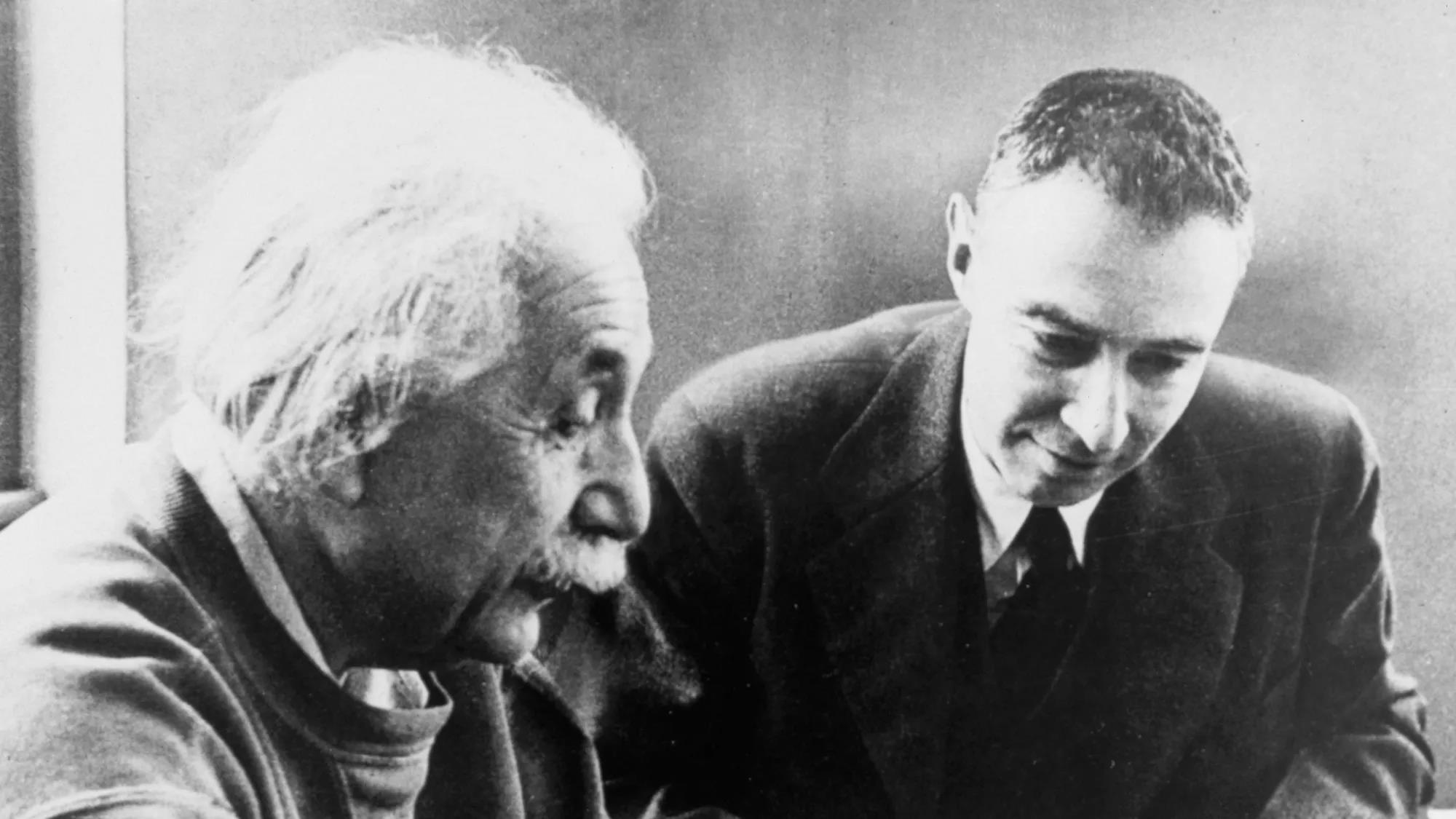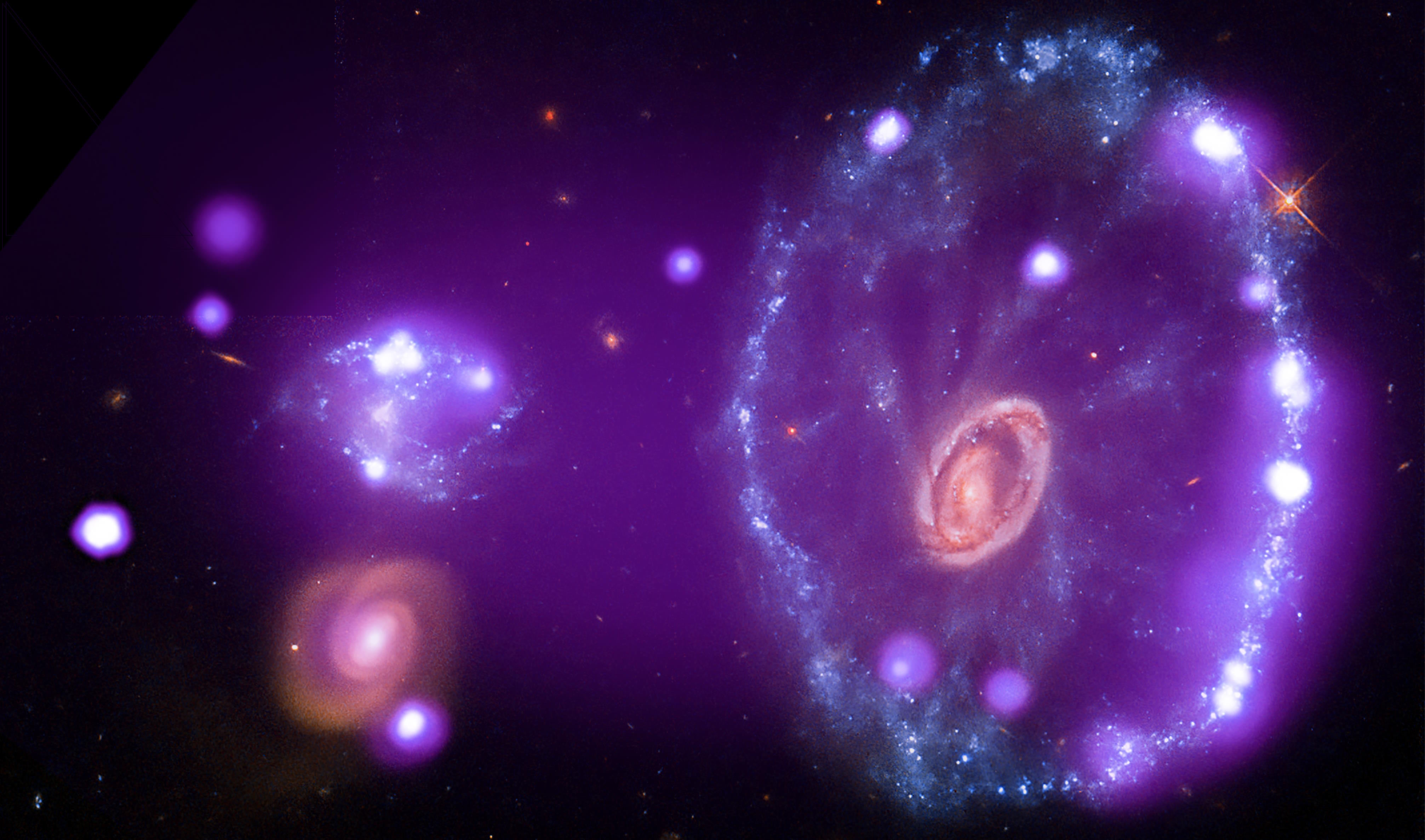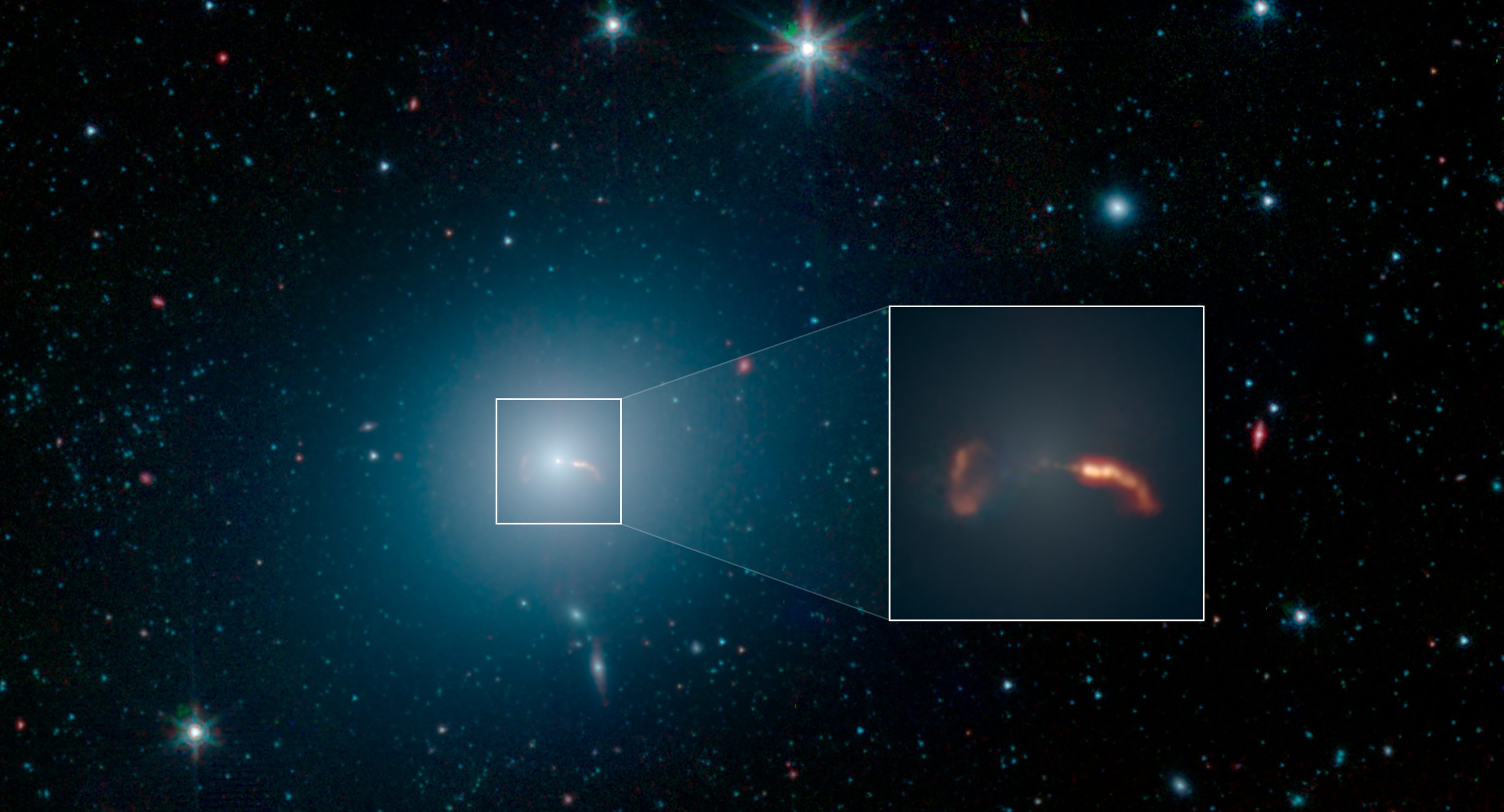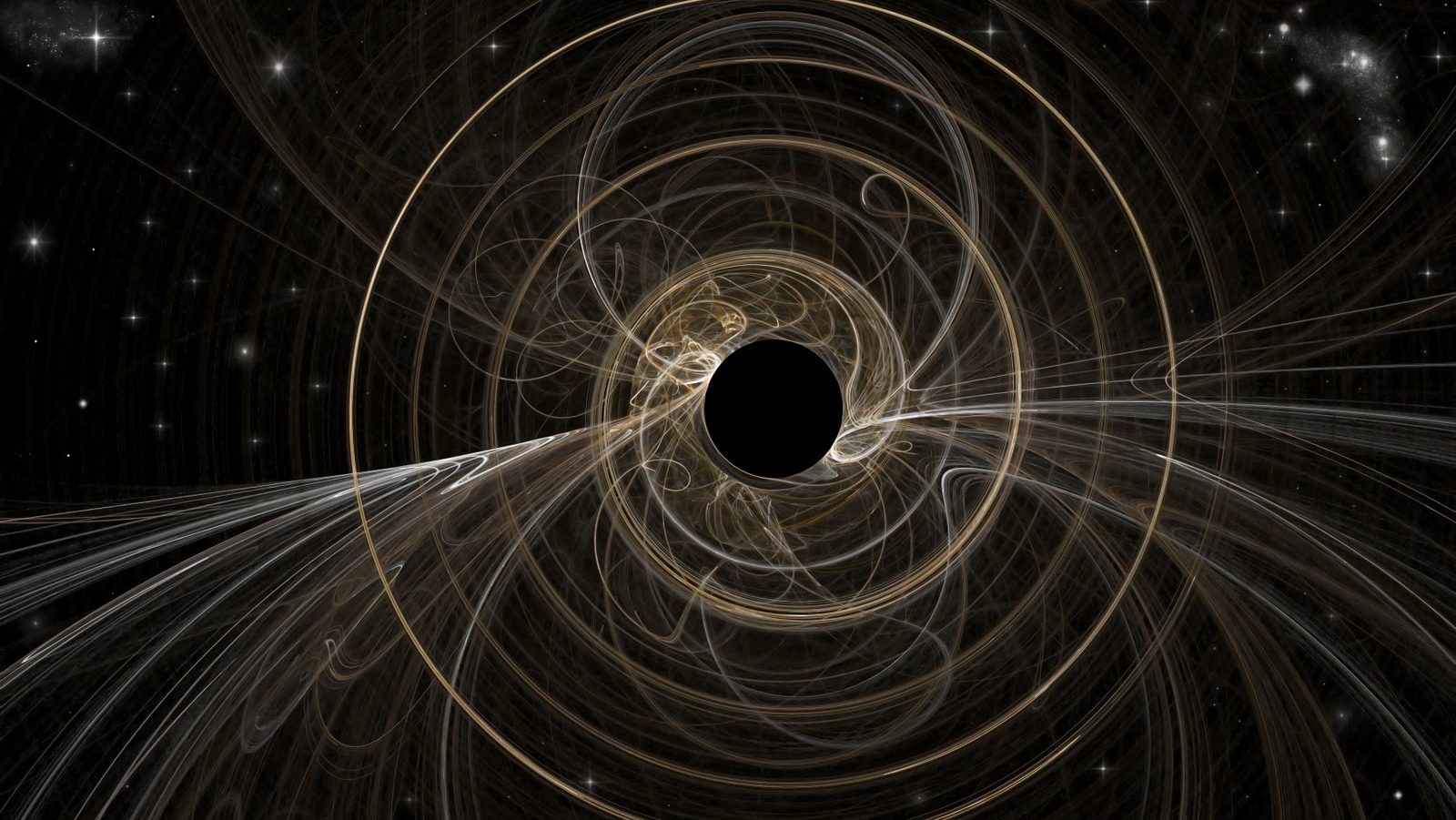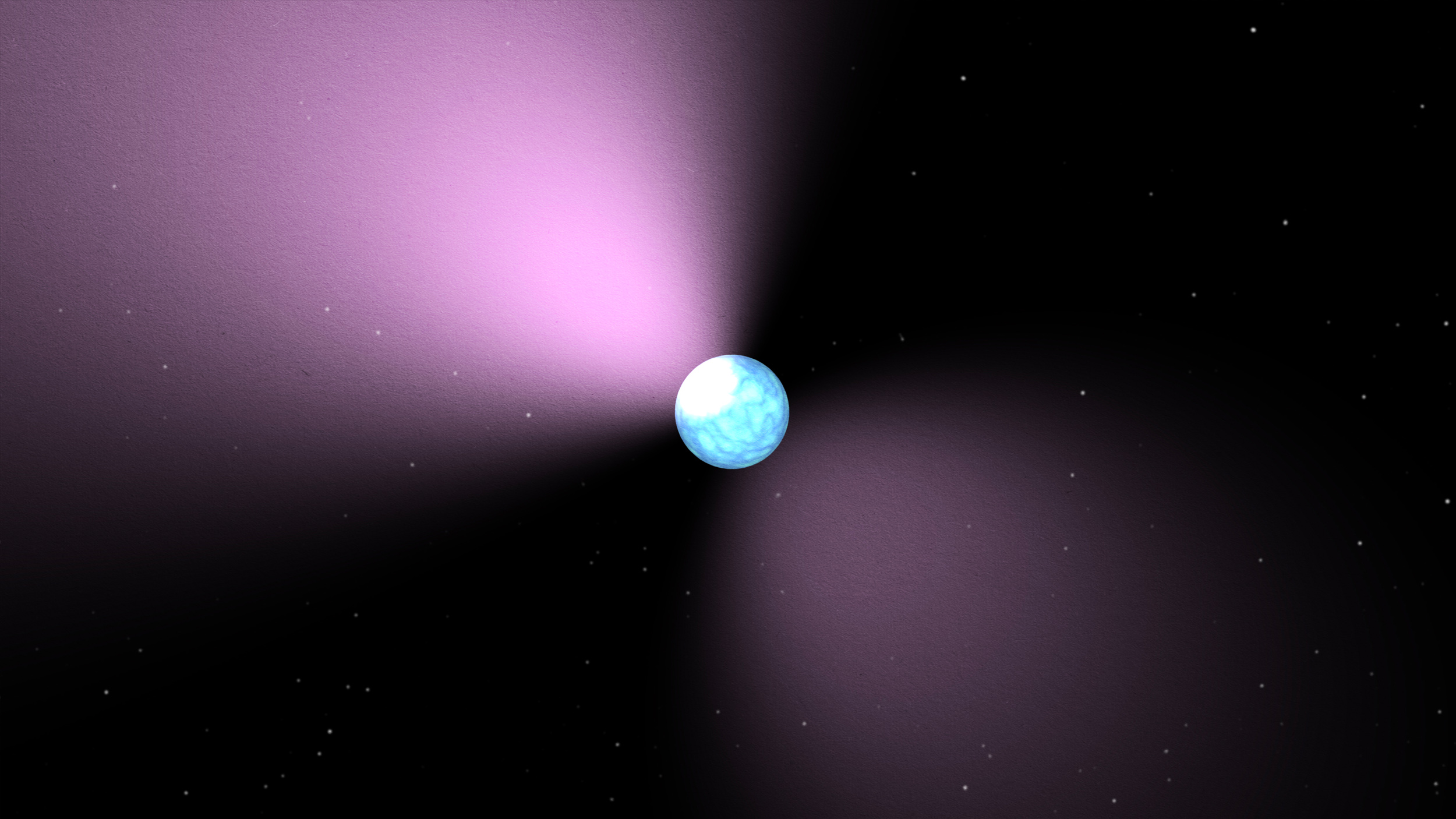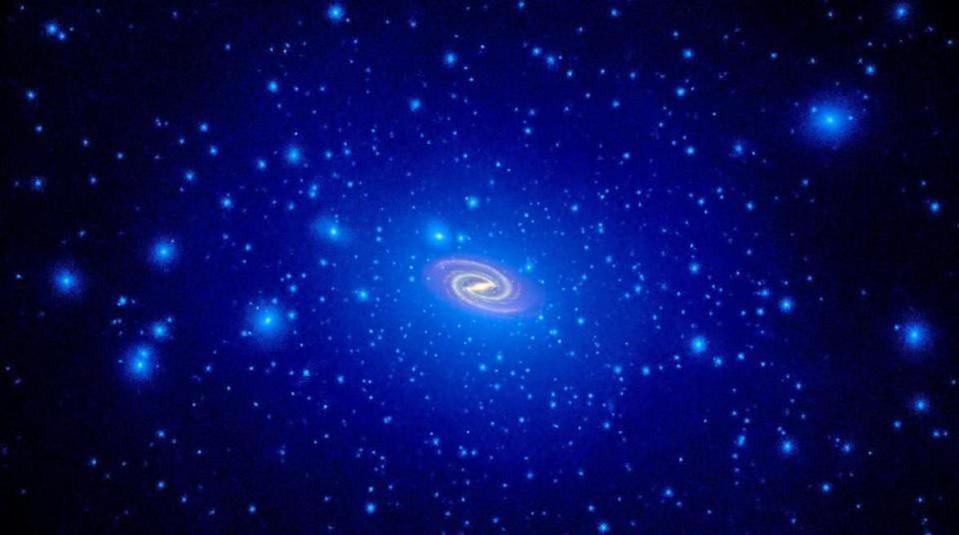Space & Astrophysics
The “Ring Nebula,” known for almost 250 years, is so much more than a Ring. With JWST’s capabilities, we’re seeing more than ever before.
By looking down, scientists are looking back in time.
Life in the supremely vast cosmos is incredibly rare. We need a new vision for our living planet and for ourselves.
The Universe isn’t just expanding, the expansion is also accelerating. If that’s true, how will the Milky Way and Andromeda eventually merge?
Despite the vast number of planets in the Universe, Earth’s specific evolutionary history guarantees that its life forms — including humans — are utterly unique.
When what we predict and what we measure don’t add up, that’s a sign there’s something new to learn. Could it be a new fundamental force?
The first observational evidence showing the Universe is expanding is 100 years old now: in 2023. Here’s the story of its 100th anniversary.
Ever wonder what would happen if we got sucked into a black hole? Turns out we could live in it for a while — if it was big enough.
▸
9 min
—
with
How fast is the Universe expanding? Two major methods disagree. New JWST data, just released, strengthens this Hubble tension even further.
Whether you call it 10 quintillion, 10 million trillion, or 10 billion billion, it’s a 1 followed by 19 zeroes.
Some constants, like the speed of light, exist with no underlying explanation. How many “fundamental constants” does our Universe require?
Two fundamentally different ways of measuring the expanding Universe disagree. What’s the root cause of this Hubble tension?
The Schumann resonances are the background hum of the entire planet. But they don’t affect humans in any way.
As Marcel Proust said, “The real voyage of discovery… consists not in seeking new landscapes, but in having new eyes.”
The visible Universe extends 46.1 billion light-years from us, while we’ve probed scales down to as small as ~10^-19 meters.
How scientists are hearing the gravitational background “hum” of the Universe for the very first time.
Einstein’s laws of gravity have been challenged many times, but have always emerged victorious. Could wide binary stars change all that?
Each of our three nearest stars might have an Earth-like planet in orbit around it. Here’s what we’ll learn when we finally observe it.
From when its light was emitted, the El Gordo galaxy cluster might be the most massive object in all of existence. Here’s how JWST sees it.
Scientists are notoriously resistant to new ideas. Are they falling prey to groupthink? Or are our current theories just that successful?
Each year in mid-August, Earth plows through the debris stream of an enormous comet, creating the Perseids. 2023’s show will be magnificent!
Even with the quantum rules governing the Universe, there are limits to what matter can withstand. Beyond that, black holes are unavoidable.
There are two types of missing, or “dark” matter: baryonic (made of normal matter) and non-baryonic. Have we finally found the normal stuff?
Nothing can escape from a black hole. So where do Hawking radiation, relativistic jets, and X-ray emissions around black holes come from?
All of the matter and radiation we measure today originated in a hot Big Bang long ago. The Universe was never empty, not even before that.
Ultracold gases in the lab could help scientists better understand the universe.
Back in the 1930s, Fritz Zwicky postulated the existence of dark matter. No one took it seriously until Vera Rubin’s work: 40 years later.
Can two planets stably share the same orbit? Conventional wisdom says no, but a look at Saturn’s moons might tell a different story.

